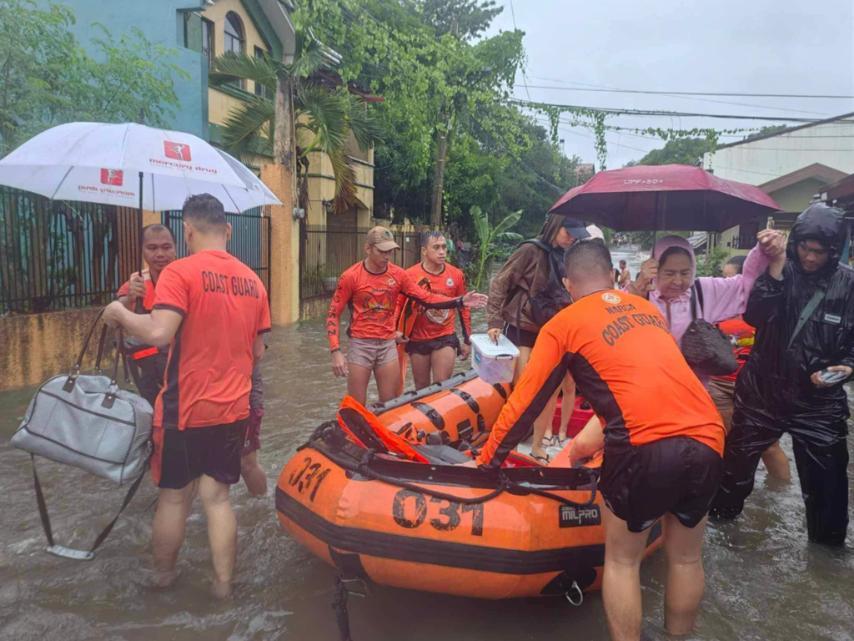Harvard study: After Haiyan, typhoon-prone PH needs to invest more in disaster preparedness

A new Harvard study reported that despite some improvement in disaster preparedness, Filipinos need more support, investment, training and planning to better protect themselves from disasters.
A study from the Harvard Humanitarian Initiative (HHI) recorded an average score of 19.2 out of 50 across five objective measures of disaster preparedness from data collected from 4,608 Filipinos in the period February to March 2024.
While an improvement from a previous 2017 study where the average score was 13.5, the score is “not enough” considering the risk level the Philippines faces. The archipelago has an annual average of 20 tropical cyclones and according to the HHI, has “the highest disaster risk in the world”.
“A score of 19.2 highlights both progress and areas needing urgent attention. While it shows an improvement in disaster preparedness, the score suggests that Filipinos are only doing 38.4% of the kinds of disaster preparedness activities needed to be prepared,” said Dr. Vincenzo Bolletino, director of the HHI Resilient Communities program and co-lead of the study.
“For a country as vulnerable to disasters as the Philippines, this is not enough, so we must accelerate our efforts to ensure Filipinos are investing, planning, training, and building closer ties to their communities,” he stressed.
The study yielded the highest results in information preparedness with 4.9 out of 10, and social support as the lowest, with 2.3 out of 10.
The study showed that most Filipinos placed importance in safeguarding documents, monitoring typhoon warnings, and familiarizing themselves with rainfall warning systems.
The study said that “while many Filipinos discuss emergency plans as a family (58%), only a few have prepared their respective disaster management plan (20%), Go bag (27%), adequate supplies of regularly taken medications (32%), and first-aid kit (33%).”
In terms of geographical regions, the National Capital Region (NCR) only ranked 11th in disaster preparedness based on its overall score of 19.2 which also turned out as the average score for all regions.
The Cordillera Administrative Region topped the list with 24, while the lowest level was reported in the Bangsamoro Autonomous Region in Muslim Mindanao or BARMM with 15.1.
“NCR is the heart of the Philippine economy and home for a significant part of the country’s population, yet it is routinely hit by natural hazards; thus, increasing its disaster preparedness is crucial,” Bolletino shared.
The study recommended that key decision-makers and policymakers to understand disaster preparedness by implementing relevant programs and policies with emerging needs and priorities at the household level.
According to Dr. Patrick Vinck, Director of Research at HHI, “Enhancing the Philippines' disaster preparedness requires investing in local leadership and leveraging technology to improve early warning systems and community engagement, among other critical measures.”
“This should be accompanied by investments in resilient infrastructures, local capacities, and anticipatory actions,” Vinck added.—Jiselle Anne Casucian/RF, GMA Integrated News




